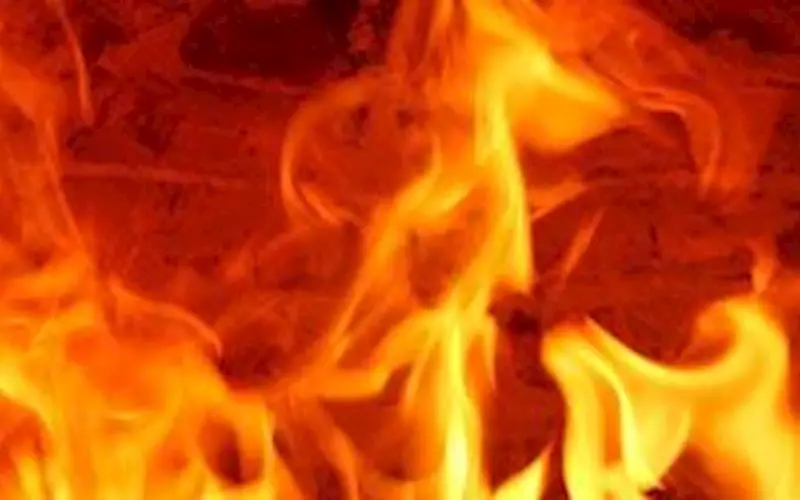A massive fire broke out in Sahara printing press based in Pataliputra, Patna. According to a media report, the fire emanated from the warehouse and led to a commotion among workers who escaped somehow from the press.
According to a local, it took four hours for six fire brigades to extinguish the fire. By that time, property worth millions, including a huge volume of paper bundles, chemicals and machines were gutted. The reason behind the fire is still unknown, but short circuit is assumed as the reason.
No injury has been reported.
As per local sources, the incident, which transpired on the evening of 3 September 2015, started with smoke coming out of the warehouse. Due to the presence of factories in the vicinity, no one realised the gravity of the incident. Once intense heat waves were felt, commotion reigned.
After this, police officials and the fire station were contacted. Fire brigades from Danapur, Kankarbagh, Sachivalaya and Mandal were called, but by that time the building was on fire.
The press workers said, “Though the fire station was informed about the intensity of fire, they came without preparation. There were six extinguisher vehicles with only five men on the spot.
The above accident, once again, is an important wake up call to all print firms.
Fires can be prevented with risk hazard assessment, plus regular safety drills.
Also print firms should keep a firm eye on inks, lacquers, adhesives, cleaning solvents and chemicals. Some of them cause skin problems, asthma, drowsiness, eye damage and even cancer and damage to internal organs. Control measures can include using pump dispensers, substitute solvents and inks, ventilating work rooms and providing suitable protective equipment, such as respirators, gloves and eye protection.
“Even though reports of printing equipment being a cause a number of deaths and accident has reduced, we must be careful,” Anand Limaye of All India Federation of Master Printers said. “In the past, employees have been injured by hand-fed platens, or at the delivery end of a cut-crease machine and even at a web press in a folder merger unit.”
The injuries have included, fractures to fingers and hands and major de-gloving incidents necessitating surgery – and sometimes resulting in finger losses. Limaye said, “Most accident, today, result, from failure to carry out safe interventions while working on adjustments to folding machines.”
The Importance of Risk Assessment
Walk around your workplace and identify things which could be expected to cause harm
Ask your employees what they think. They may have noticed things that are not obvious to you
Check manufacturers’ instructions or data sheets for chemicals and equipment. These are helpful in highlighting hazards
Consider the activities on machines that present a risk, such as removal of misfeeds, jams and cleaning and maintenance tasks
Be aware of the risks associated with inks, lacquers, adhesives, cleaning solvents and other harmful chemicals
Keep workplace transport in mind as a key risk. Introduce segregation wherever possible to ensure people are kept safe on walkways, away from forklift trucks
Reduce noise exposure to 85dB, preferably 80dB or less. Consider acoustic hoods, separating noisy machines in different rooms.
Those firms with high noise exposure should use earplugs and headphones; and even hearing aid protection
Have a look back at your accident and ill-health records – these can help identify less obvious hazards
Remember to think about long-term hazards to health such as respiratory infections and allergy as well as safety hazards
Assess who might be at risk, remembering that new starters, migrant workers, and pregnant women, disabled or older workers may have specific needs
Visitors to your site, including temporary staff and regular visitors such as cleaners or maintenance staff, should be considered
Consider external help. Ideally risk assessments should be carried out by staff trained in this area
Do fire drills seriously. Advice, specifically on fire safety, should be sought from the Fire Department services.











 See All
See All